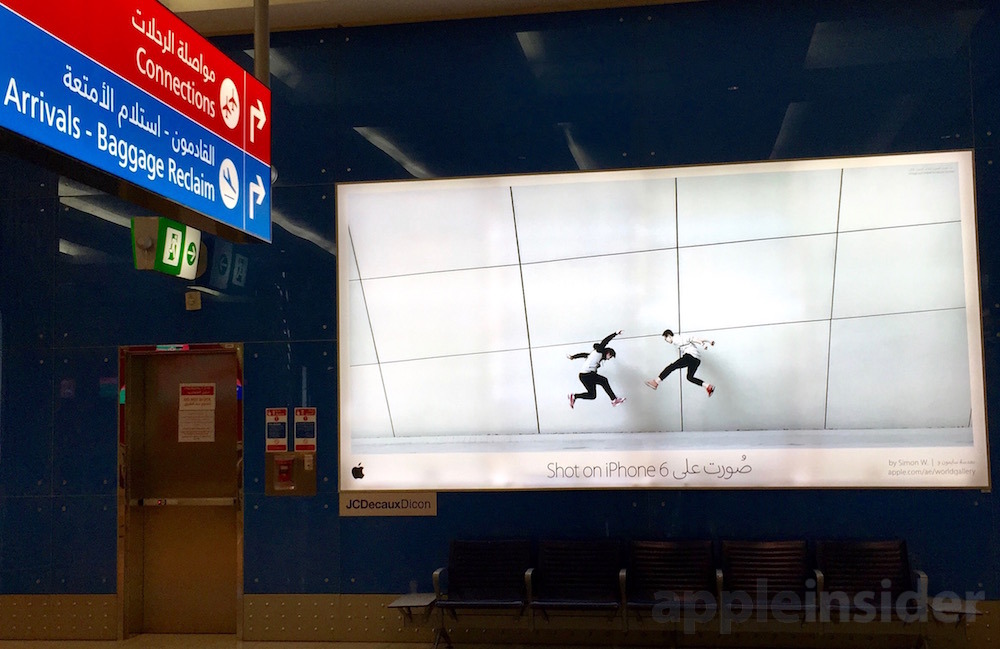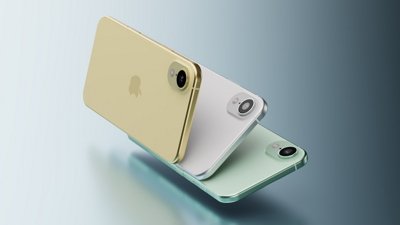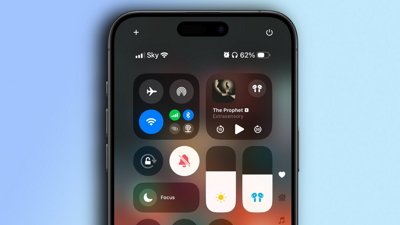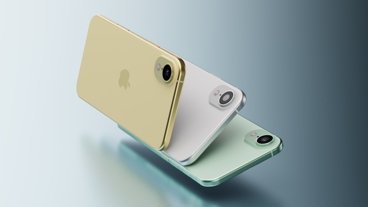While smartphone sales growth is slowing in many mature markets, annual shipments in the Middle East & Africa grew by 31 percent in Q3, nearly 3x faster than the global rate. Apple's premium iPhone sales grew by 133 percent in the region to enter the top five vendors by volume.
The MEA region "is the next frontier and key geography for smartphone growth as growth across some of the major markets across Latin America, Asia continue to slow down," reported Neil Shah of Counterpoint Research in a report obtained by AppleInsider.
"This region is not only huge geographically but is also quite diverse i.e. home to some of the most underpenetrated emerging as well as some richer mobile phone markets in the world."
The Counterpoint Research report noted that region has been dominated by Samsung, which last year accounted for nearly 50 percent of smartphone shipments. The firm credited the company's "stronger pan-MEA distribution network" in helping Samsung to "maintain significant volumes in the region."
Over the past year however, Samsung has lost nearly a fifth of its shipment volumes, despite the fact that buyers in the region are increasingly upgrading to more sophisticated smartphones; more than half of the total phones sold in MEA are now considered smartphones. Given that less than one third of the smartphones sold in MEA are LTE-capable, that indicates that Apple now sells around ten percent of the premium, LTE smartphones sold in the region.
While Samsung's share slipped by 8.7 percentage points, China's Huawei claimed 2.3 percentage points of growth to take second place in volume shipments.
Tecno, based in Africa, grew its sales by 123 percent, increasing its share of smartphone volume sales by 3.4 percentage points, aided by expansion efforts fueled by "competitive mid-tier smartphones."
Apple's 133 percent annual growth came at the expense of Samsung and Sony, the report noted, with a "focus on premium markets in the region," which helped the company to increase its share by 1.7 percentage points, to 3.9 percent of all smartphone shipments in the September quarter.
Given that less than one third of the smartphones sold in MEA are LTE-capable, that indicates that Apple now sells around ten percent of the premium, LTE smartphones sold in the region.
The firm speculated that the rumored iPhone 6c "could boost growth of Apple's user base in the higher volume emerging markets of MEA."
Apple just opened two new retail flagship stores in the United Arab Emirates, a major shopping destination not only for the Middle East, but also India, an emerging market that only recently has become a $1 billion market for Apple.
Due to relatively high import taxes and an unfavorable currency exchange, iPhone prices in India are among the highest in the world. That sends many Indian residents to locations like Dubai to shop. In a
 Daniel Eran Dilger
Daniel Eran Dilger















 Charles Martin
Charles Martin
 Amber Neely
Amber Neely


 Sponsored Content
Sponsored Content
 AppleInsider Staff
AppleInsider Staff
 Malcolm Owen
Malcolm Owen
 Oliver Haslam
Oliver Haslam







5 Comments
That's impressive to say the least. I would have to think that the folks at Scamscum have simply accepted the fact that they are a zero-player in the premium smartphone market and will have to be content with feeding off the crumbs along with the rest of the Android crowd.
So much for the lagging sales these anal-ists keep posting every year. Once again they are WRONG!!!!!!!!!!!
This is what I wrote years ago about how Apple is not at saturation even if Samsung is, because Apple has plenty of room to continue expanding distribution into 2nd-tier markets. When I initially wrote this, Apple had only 240 carriers worldwide. Every time I copy/paste this note I have to update the number, at 320 last time I updated it (no doubt more now):
With Samsung selling it's wide range of phones through about 800 carriers worldwide, it's understandable to consider that Samsung has reached market saturation. However, Apple sells its premium-only iPhones through only about 320 carriers worldwide. Therefore, there exist many markets where an iPhone is not available or is beyond most consumer's budget. These people haven't been offered an iPhone as an alternative to the Android or Blackberry or Nokia phones offered by their carrier. As more people rise into the middle-class, Apple can likely expand to 100-150 more carriers that sell into markets where the luxury of an iPhone is a viable option within consumer's budgets. Samsung has already taken its swing at these markets without the iPhone as a competitor. As Apple enters these markets, Samsung will inevitably lose market share to Apple in both new customer acquisition and in upgrade/replacement of existing handsets. Thus, Samsung has not only reached saturation, but will soon face its toughest competitor in a subset of its markets where that competitor did not previously play. On the other hand, Apple, by entering new markets, still sees plenty of market expansion in its future (ie, Apple has not yet reached market saturation).